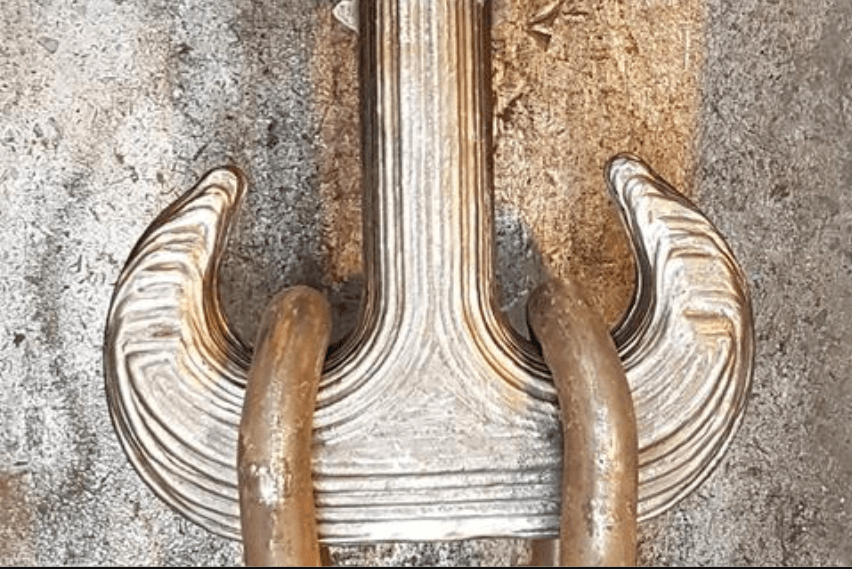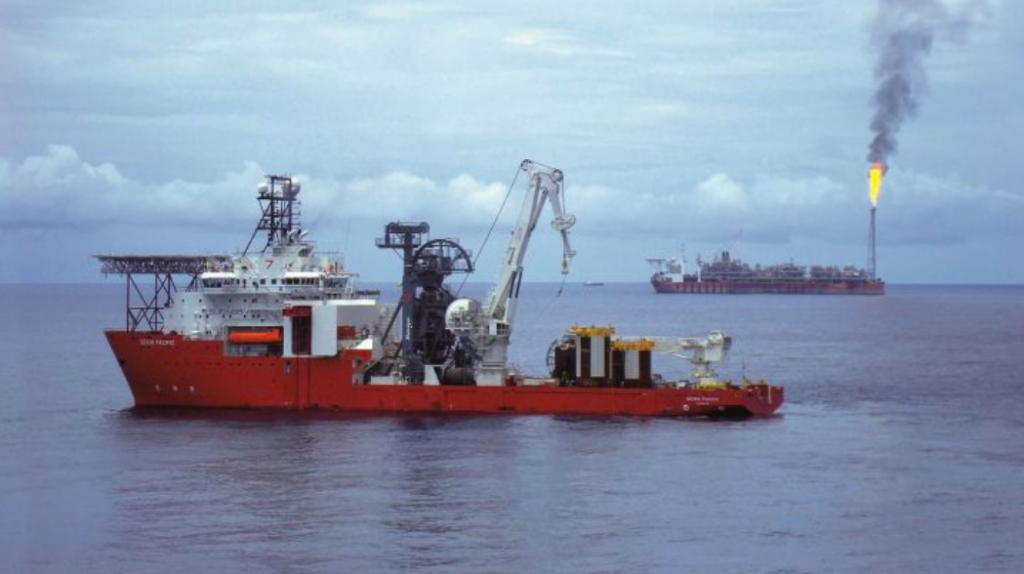Huisman has created the world’s first heavy-duty 3D printed crane. Could this bring big changes to the way we manufacture subsea equipment and cranes?
Huisman, the worldwide operating company for lifting, drilling, and subsea solutions manufactured and tested the world’s first 3D printed offshore crane hook at the beginning of this year.
Just because the crane is 3D printed doesn’t mean it’s any less sturdy, however. In fact, it also passes a load test of 80 tons. Plus, the crane also underwent strict quality control checks – which it also passed.
The company is known for designing and manufacturing heavy construction equipment. And, although they may have been founded in 1929, their methods are anything but outdated.
They’re rapidly adopting new technology and reaping the benefits. To create the crane, the company uses Wire and Arc Additive Manufacture (WAAM).
With this technique, Huisman can produce large components from high grade tensile steel. For example, a large 4-prong hook with a printed weight close to roughly 2,200 lbs (1,000kg).
Traditionally, crane hooks are manufactured by forging or casting. However, Huisman’s 3D printing approach could completely change this.
After all, this technology has also brought huge improvements in other areas of manufacturing, such as automotive and aerospace.
3D Printing Improves Subsea Equipment Manufacturing
As with many of its applications, 3D printing saves both time and costs. The company states in a press release that the cost of the 3D printed crane definitely competes with forgings and castings.
Also, when it comes to large crane hooks, by having a WAAM machine on site, Huisman doesn’t have the problem of late deliveries. What’s more, the company add that 3D printing offers “a more consistent level of quality.”
In addition to crane hooks, WAAM can also be useful in manufacturing other components for Huisman.
For example, if they’re developing a part with a complex shape, the technology is the perfect way to produce it quickly or even with different materials.
Thanks to the successful test results from the 3D printed crane, Huisman is now able to go ahead with creating components that were previously “physically impossible or commercially infeasible”.
Better yet, the 3D printed components should prove to be just as reliable as commercially bought parts.
However, the company isn’t finished with pushing the limits of 3D printing just yet.
In fact, they hope to create cheaper parts using WAAM technology and push for an increase in manufacturing capabilities. So, keep an eye out for items of 2,200 lb (1000kg) printed weight.
Intrigued? Check out the Huisman website for future updates and more information.
Source: Huisman Press Release
Website: LINK




